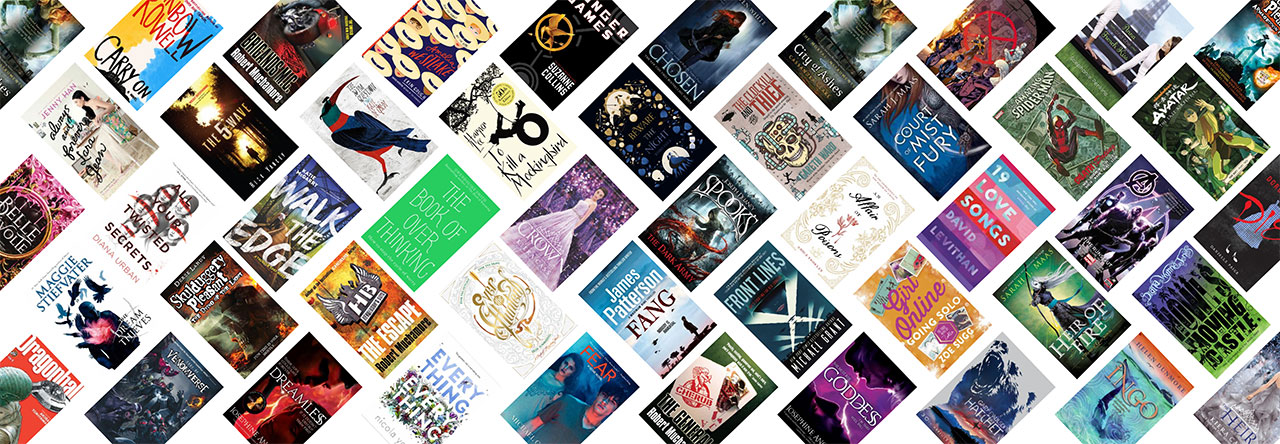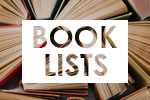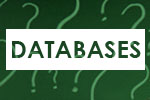1 The Genius of Photography, by Gerry Badger (770.9 BAD)
This landmark book explores the key events and images that have marked the development of photography. What is it that makes a photograph by Nan Goldin or Henri Cartier Bresson stand out among the millions of others taken by all of us every single day? The Genius of Photography examines the evolution of photography in its wider context: social, political, economic, technological and artistic. A great reference book on this evermore influential artform.
2 A Century of Colour Photography, by Pamela Roberts (770.9 ROB)
This comprehensive collection offers fine examples of the art of colour photography, covering every major technical and artistic development in colour photography over the last 100 years, since the Lumière brothers made the autochrome process commercially available in June 1907.
3 Contemporary New Zealand Photographers, by Hannah Holm & Lara Strongman (770.9931 CON)
Designed to accompany the exhibition that toured New Zealand in 2006, this book is a must for anybody interested in photography today in New Zealand. All the major contemporary photographers of the country are featured here with text and some key images. An essential reference.
4 Magnum (779 MAG)
Founded in 1947 by Henri Cartier-Bresson, Robert Capa and other eminent photographers, Magnum is an agency of elected photojournalists who independently photograph what they choose rather than what they are assigned. Regarded as the best of their profession, their images can have a lasting impact on viewers and be truly inspirational. Magnumdegree is a book about history and humanity, journalism and art, offering a vision of the contemporary world at the beginning of the new millennium. It contains over 600 colour and black-and-white photographs by 69 Magnum photographers, including original contributions from Cartier-Bresson.
 5 Street & Studio: An Urban History of Photography, by Ute Eskilden, Florian Ebner and Bettina Kaufmann (779.2 STR)
5 Street & Studio: An Urban History of Photography, by Ute Eskilden, Florian Ebner and Bettina Kaufmann (779.2 STR)
The street allows photographers to conceal cameras and catch subjects unaware, in informal settings. By contrast, the studio permits both photographers and subjects to present carefully composed images to the world through elaborate staging and technical tricks. Street and Studio provides a revealing look at the history of photography through the contrasts and tensions between these two traditions.
 6 The Polaroid Book, by Steve Crist and Barbara Hitchcock (779 POL)
6 The Polaroid Book, by Steve Crist and Barbara Hitchcock (779 POL)
In existence for over 50 years, the Polaroid Corporation’s photography collection is the greatest collection of Polaroid images in the world. Begun by Polaroid founder Edwin Land and photographer Ansel Adams, the collection now includes images by hundreds of photographers throughout the world and contains important pieces by artists such as David Hockney, Helmut Newton, Jeanloup Sieff and Robert Rauschenberg. The Polaroid Book, a survey of this remarkable collection, pays tribute to a medium that defies the digital age and remains a favourite among artists for its quirky look and instantly gratifying, one-of-a-kind images.
 7 Digital Photography Masterclass, by Tom Ang (775 ANG)
7 Digital Photography Masterclass, by Tom Ang (775 ANG)
One of Britain’s best-known photographers, Ang has hosted a popular BBC TV series called A Digital Picture of Britain and won the Thomas Cook Travel Book Award. In this book, the author teaches how to look at the world with a photographer’s eye and offers tutorials, photographic assignments, and step-by-step image-manipulation exercises. A perfect introduction for budding photographers.
 8 Fashion & Advertising, by Magdalene Keaney (778.92 KEA)
8 Fashion & Advertising, by Magdalene Keaney (778.92 KEA)
In these workshops, World’s Top Photographers discuss and explore the technical and artistic aspects of photographer: lighting, composition, colour, tone and imaging. Stunning images and in-depth interviews plus checklists and tips-and-hints panels make this book a beautiful and practical manual.
9 Henri Cartier-Bresson in India, by Henri Cartier-Bresson (779.9954)
From 1947 through the 1980s, founder of Magnum, Henri Cartier-Bresson photographed all aspects of India’s multi-facetted society, from refugee camps to the Maharaja of Barodea’s birthday celebration. His gift of observation and connections infuse all these photos, revealing the essence of a country that has captured the world’s imagination.
10 Handboek: Ans Westra Photographs, by Ans Westra, Luit Bieringa and Cushla Parekowhai (770.92 WES)
Born in the Netherlands, Ans Westra came to New Zealand in 1957. In a few short years she was to embark on her life-long photographic journey documenting the lives and cultures of New Zealanders. This book is an in-depth insight into more than 130 documentary images by one of the most influential photographers of this country.
11 Life, by Lennart Nilsson (779.949611 NIL)
Lennart Nilsson took the first image of a living human embryo in the 1960s and stunned the world. Life is an amazing book of images documenting human life from DNA through fetal development and birth. The second half of the book focuses on the human body, its organs, tissues, and the things that eventually threaten life – bacteria and viruses. Science meets Art in this incredible journey to the centre of the human body.
12 Pictures from the Surface of the Earth, by Wim Wenders, Peter-Klaus Schuster and Nicole Hartje (779 WEN)
For many years, famous German Wim Wenders (Wings of Desire, Buena Vista Social Club) has taken an old panorama camera along with him on his travels. The result is a collection of landscapes and cityscapes, photographs of architecture and nature where few humans appear, taken in the United States, Japan, Australia, Israel, Cuba and Germany.
 13 Africa, by Sebastiao Salgado (779.996 SAL)
13 Africa, by Sebastiao Salgado (779.996 SAL)
This stunning book, entirely in black and white, is a photographic document of Africa by Sebastiao Salgado, but also a homage to the history, people, and natural phenomena of this continent. Renowned Mozambique novelist Mia Couto describes how today’s Africa reflects the effects of colonisation as well as the consequences of economic, social, and environmental crises. Moving and inspiring.
Are there any more out there? The teen blog new books posts have been inundated by angels recently (see this, for example), and we’re told that they’re the new vampire. We were told previously that zombies were the new vampire, but it’s tough being a romantic love interest when you’ve got no brain (or is it?). Last year I thought maybe fairies would do the trick.
![]() If you want to do some more in-depth browsing then Fiction Connection in MyGateway would be an excellent place to start.
If you want to do some more in-depth browsing then Fiction Connection in MyGateway would be an excellent place to start.Meridian, Amber Kizer (2010). While, yes, this does appear to be romantic, the angel is a girl angel, so worth noting.
Going Bovine, Libba Bray (2009). Going Bovine contains a bizarre collection of characters, including Dulcie, who is, I’m pretty sure, an angel, with pink hair and white wings even.



 Are you studying Photography or just keen and naturally talented? We asked Françoise, library staff member and photographer, about photography books and resources and she’s given us a list (yay, list) of recommended reading and viewing.
Are you studying Photography or just keen and naturally talented? We asked Françoise, library staff member and photographer, about photography books and resources and she’s given us a list (yay, list) of recommended reading and viewing.
